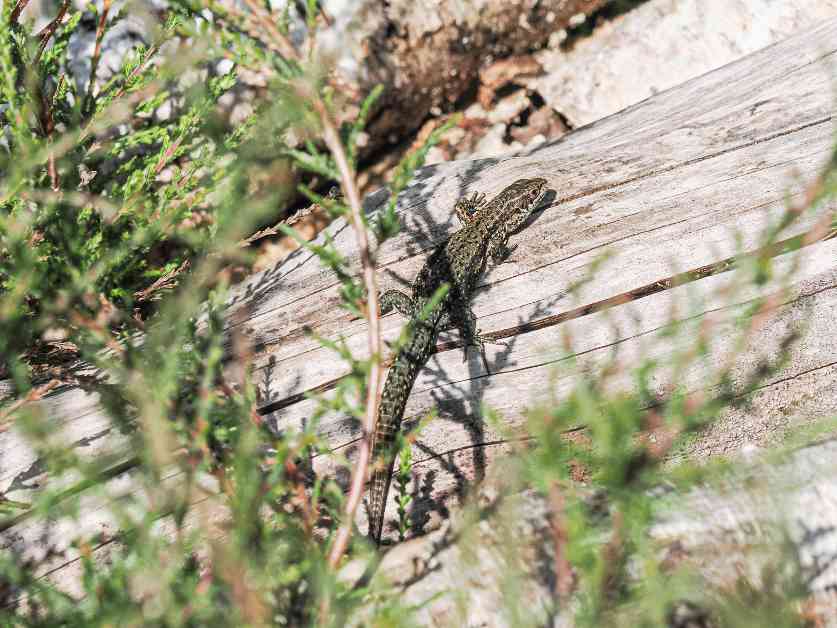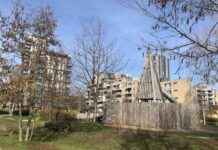As autumn transitions into winter, wildlife emerges from hiding in search of food to survive the upcoming harsh season. Creatures like lizards, birds, and insects are on a last-minute food-gathering frenzy before winter’s icy grip sets in. On Chislehurst Commons, a recent survey found an abundance of common lizards and slow worms, signaling a successful year for reptiles in the area.
One fascinating sight to behold during this time is the behavior of jays, who diligently collect fallen acorns and bury them for later consumption. These clever birds play a crucial role in dispersing seeds and inadvertently contributing to woodland growth. Jays, with their striking appearance and discreet nature, are a common sight in autumn on Chislehurst Commons, along with the emergence of mushrooms in damp wooded areas.
Meanwhile, at Crossness on the Belvedere/Abbey Wood borders, visitors have the opportunity to witness a national rarity – the shrill carder bee. Despite a decline in numbers, these bees can still be spotted in the grassland and brownfield sites of Crossness, feeding on other insects. However, the future of these bees is at risk due to development plans that threaten the reserve. Conservation efforts are crucial to protect the habitat of these endangered bees.
In the midst of all this wildlife activity, the upcoming Chislehurst Christmas Fair on November 24 presents an opportunity to support conservation efforts. The fair will feature stalls, including one for Chislehurst Commons, offering Christmas cards and photographs of the commons for sale. It’s a chance for the community to come together, celebrate the season, and contribute to the preservation of local wildlife habitats.
As we prepare for winter, let’s appreciate the beauty of nature and the intricate interactions of wildlife in our local ecosystems. By raising awareness and supporting conservation initiatives, we can ensure that future generations will also have the opportunity to witness the wonders of the natural world.





















